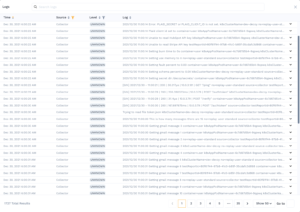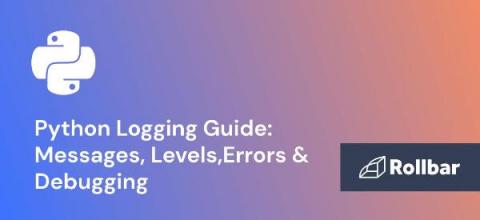Google Chrome Developer Tools - Part 1
In this post we will share show you how you can use some of the new Developers Tools that have been added recently to Google Chrome. Google Chrome Dev Tools is a set of powerful tools that help developers to build better webs.











